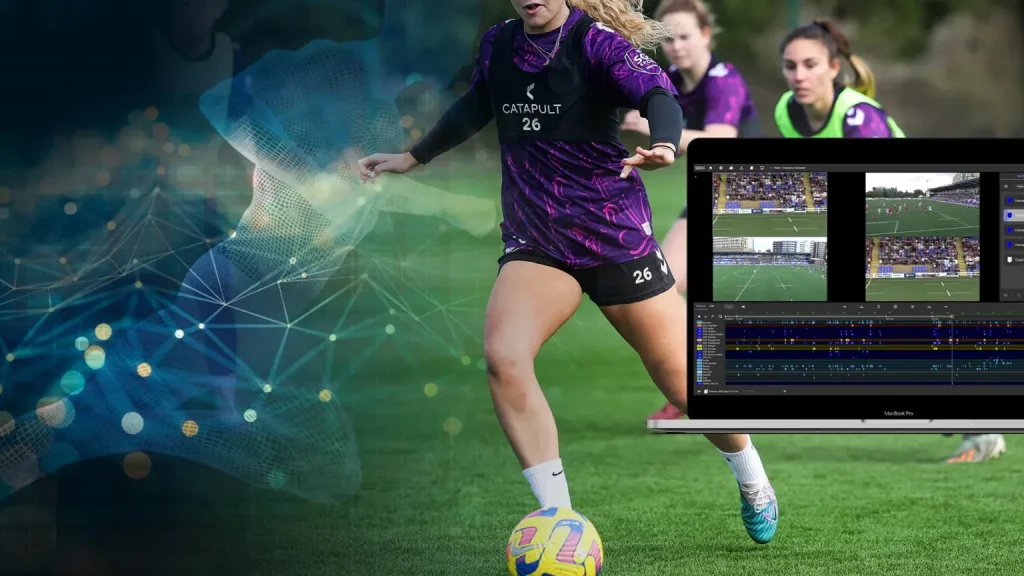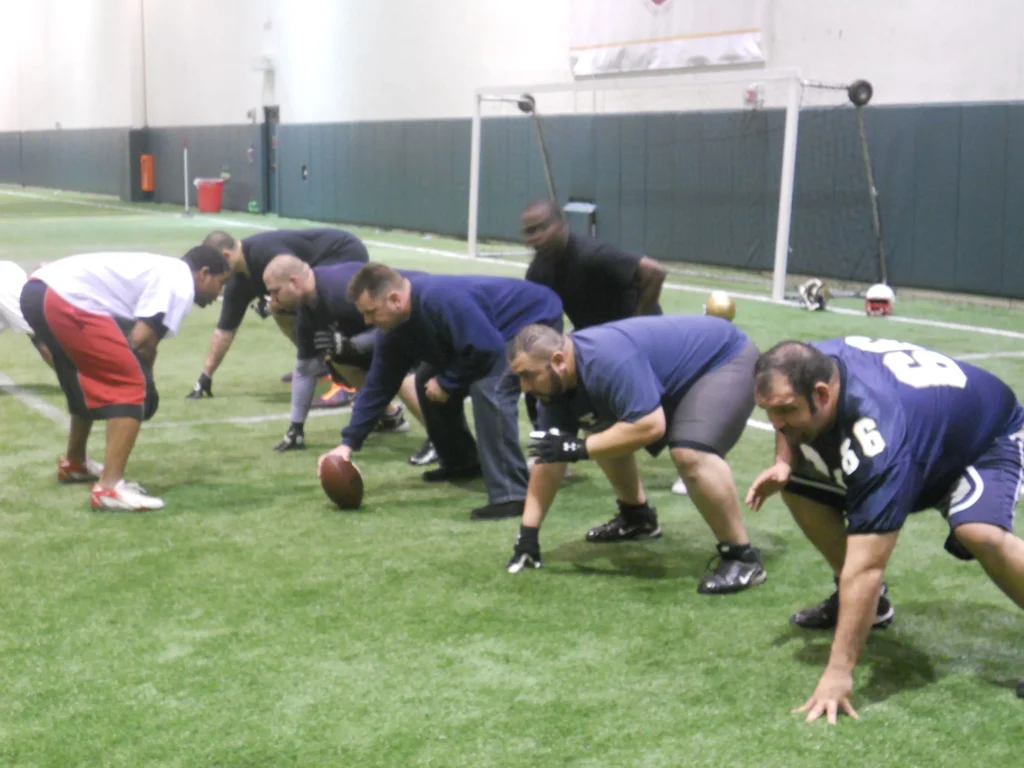Great athletes aren’t born with perfect abilities in every sport; they’re built through deliberate, progressive training within smart sports training plans. Whether you’re starting with a beginner sports training plan or simply refining your routine, you’ll learn how to structure general athleticism before narrowing to your sport’s demands. This framework translates across basketball, soccer, tennis, running, and swimming, forming a versatile training plan for any sport that prioritizes technique, conditioning, and sustainable progression, including sport-specific training. By emphasizing athletic conditioning plan principles—strength, speed, mobility, and recovery—you create a scalable approach that supports long-term performance. From a pro athlete training program trajectory to a solid base for weekend warriors, this path keeps safety, consistency, and measurable gains at the forefront.
Approach this topic from another angle by envisioning a flexible blueprint for movement readiness that spans multiple sports and emphasizes transferable skills. LSI-friendly language leverages related terms such as a multi-sport conditioning roadmap, cross-training framework, and sport-agnostic preparation to connect concepts across contexts. Whether your aim is to move from beginner to proficient, or simply build durable athletic literacy, the underlying idea remains a balanced, progressive path that respects recovery and long-term development.
1) Foundations of a Flexible Athletic Framework
Great athletes aren’t born with perfect abilities in every sport; they’re built through deliberate, progressive training. A flexible framework starts with general physical preparedness (GPP): strength, power, mobility, aerobic and anaerobic capacity, and neuromotor control. By prioritizing these universal movement patterns and conditioning elements, you lay a solid foundation that transfers across basketball, soccer, tennis, running, swimming, and more. This approach aligns with the idea of a beginner sports training plan that emphasizes gradual skill acquisition and broad athletic development before sport-specific specialization.
Rather than rigid prescriptions, treat your plan as a living document that adapts to progress, injuries, and schedule changes. A well-structured athletic conditioning plan reduces burnout by providing clear progression and predictable load cycles. When you build this base, you’re positioning yourself to absorb sport-specific training more effectively while minimizing injury risk and sustaining long-term growth.
2) Mapping the Path: From Beginner to Pro Athlete Training Program
Designing a path from beginner to pro involves clear milestones and purposeful pacing. A practical progression often includes phases that start with fundamentals—technique, consistency, and everyday readiness—and evolve toward higher work capacity, explosive work, and sport-specific conditioning. This trajectory mirrors the concept of a beginner sports training plan feeding into a pro athlete training program, ensuring you gain quality across movement, skill, and load management.
As you advance, you’ll increase volume and intensity in a controlled manner, using milestones to time transitions between general conditioning and sport-specific work. The end goal is a scalable training plan for any sport that preserves technique, supports tactical development, and aligns with your competition calendar, without rushing the process.
3) Core Elements You Need in Any Sport-Specific Plan
Across all sports, several core elements consistently drive results. General conditioning blends strength, speed, endurance, and mobility to keep the entire body resilient. This is the backbone of a sound sport-specific training approach, ensuring you can perform the necessary actions—cutting, leaping, sprinting, and racket-based strokes—without compromising movement quality.
In addition to physical preparation, your plan should include skill development, recovery strategies, nutrition, and ongoing monitoring. A balanced week might feature 2–4 strength sessions, 2 days of speed and agility work, 1–2 endurance days, daily mobility work, and 2–5 days of sport-specific practice. These elements form an athletic conditioning plan that supports performance while reducing injury risk.
4) Step-by-Step Blueprint for Building a Practical Plan
This blueprint guides you from goal setting to peak performance. Start by assessing your current fitness, movement quality, and sport targets. Then create a weekly structure that includes strength, speed, endurance, mobility, and sport-specific work, ensuring at least one full rest day. Framing the plan around tangible weekly blocks makes it easier to translate a training plan for any sport into your daily routine.
Next, build a base in the first 4–8 weeks with technique-focused training and balanced loading. Gradually introduce sport-specific elements, increasing intensity and complexity as technique holds. Finally, implement monitoring and adaptation: track workouts, feedback, and key metrics, then cycle toward peak and maintenance aligned with your competition schedule.
5) Adapting for Any Sport: Aligning Energy Systems and Movement Demands
A sport-agnostic approach requires understanding energy systems, movement demands, and skill requirements. For power-focused sports, emphasize velocity-based strength work, plyometrics, and short, high-intensity bouts with ample rest. Endurance-centric sports benefit from aerobic base work, tempo sessions, and steady progression in volume. Multi-directional, ball-based sports need a blend of coordination drills, multi-planar movement, speed, and tactical practice.
To translate these ideas into action, reserve cross-cutting sessions (full-body strength or athletic conditioning plan blocks) and schedule sport-specific skills separately. The aim is to build transferable athletic qualities first and then specialize, ensuring you can adapt quickly as your sport evolves or as competition demands shift.
6) Safety, Recovery, and Progress Tracking: Keeping Gains Sustainable
Injury prevention and safe progression are foundational. Prioritize comprehensive warm-ups, activation, and a gradual ramp-up of load. Recovery strategies—adequate sleep, proper nutrition, hydration, and planned rest days—are as important as training intensity and determine long-term adherence.
Progress tracking helps you stay on course and avoid plateaus. Use simple metrics like weekly training volume, wellness scores, sprint or jump metrics, and max-rep numbers to guide adjustments. For long-term growth—especially when turning a beginner sports training plan into a pro-level program—regular movement assessments and the option to work with a coach can provide objective feedback and sport-specific refinements.
Frequently Asked Questions
What is a beginner sports training plan and how can it evolve into a pro athlete training program?
A beginner sports training plan emphasizes fundamentals: technique, mobility, consistency, and general readiness. It follows a phased progression—from foundational work to capacity building and then sport-specific refinement—with careful load increases and ongoing technique checks. When milestones are met and performance metrics improve, this progression can evolve into a pro athlete training program, enabling you to scale the training plan for any sport while protecting long-term development.
How can I design a training plan for any sport using sport-specific training principles?
Begin with a solid base of general athletic development (GPP) and then insert sport-specific training drills that copy the movements and energy demands of your sport. Structure a balanced weekly plan with strength, speed, endurance, and mobility blocks, and progressively increase volume and intensity so the training plan for any sport remains adaptable. Regular check-ins help preserve technique and drive steady progress.
What does an athletic conditioning plan look like when adapting to different sports?
An athletic conditioning plan centers on general conditioning—strength, speed, endurance, and mobility—paired with sport-specific work to transfer gains to performance. Schedule a mix of cross-cutting workouts and sport-specific sessions to build transferable athletic qualities while addressing sport demands. Keep progression incremental and monitor fatigue to prevent overtraining.
How often should I adjust my sport-specific training within a flexible sports training plan?
Within a flexible sports training plan, adjustments should come from progress, fatigue, and goals rather than a fixed timetable. Use weekly reviews, movement assessments, and performance metrics to tune volume, intensity, and drill selection. This approach preserves a balance between general athletic development and sport-specific demands while avoiding burnout.
Why is recovery essential in a beginner sports training plan moving toward a pro athlete training program?
Recovery powers adaptation. In a beginner sports training plan, prioritize sleep, nutrition, hydration, and scheduled rest days to support growth and technique retention. As you advance toward a pro athlete training program, planned deloads and wellness monitoring help sustain gains and minimize injury risk.
What weekly structure works best within an athletic conditioning plan to balance strength, speed, agility, and endurance?
A practical weekly structure includes 2–4 strength sessions, 2 speed/agility workouts, 1–2 endurance sessions, and daily mobility work. Include 1 full rest day and 1–2 sport-specific practice days to apply gains to your sport. This setup supports progressive overload and keeps training aligned with sport demands.
| Topic | Key Points |
|---|---|
| Overview | Great athletes are built through deliberate, progressive training; a scalable framework works across basketball, soccer, tennis, running, swimming, and more; focuses on universal movement patterns, conditioning, and disciplined progression; core ideas: build a solid foundation, tailor workload, prime recovery, and track progress. |
| Flexible Framework | Plans should be living documents that adapt to progress, injuries, changes in schedule, and evolving goals; emphasizes general physical preparedness (GPP) and a broad base. |
| From Beginner to Pro Path | Phase 1 (Weeks 1–4): establish fundamentals with technique, consistency, light resistance, mobility, and shared movement patterns; Phase 2 (Weeks 5–12): increase work capacity, add explosive work, sprinting/agility, sport-specific sessions 2–3× per week; Phase 3 (Weeks 13–24): specialize while maintaining general athleticism; Phase 4 (Weeks 24+): peak and maintain with recovery and competition planning. |
| Core Components | General conditioning (strength, speed, endurance, mobility); sport-specific work; skill development; recovery and nutrition; monitoring and testing. Weekly structure: Strength 2–4 days; Speed/Agility 2 days; Endurance 1–2 days; Mobility daily; Sport-specific 2–5 days. |
| Step-by-Step Path | Step 1: assess and set goals. Step 2: create a weekly structure. Step 3: build base in 4–8 weeks. Step 4: introduce sport-specific elements. Step 5: monitor and adapt. Step 6: peak and maintain. |
| Adapting for Any Sport | Understand energy systems, movement demands, and skill requirements. Use cross-cutting days and sport-specific elements as you progress. Avoid early over-specialization; develop transferable athletic qualities that support later specialization. |
| Safety, Recovery & Progress Tracking | Injury prevention through comprehensive warm-ups; recovery strategies (sleep, nutrition, hydration, planned rest days); progress tracking with weekly volume, wellness scores, and objective metrics; regular movement assessments; coaching feedback when possible. |
| Real-World Example | Four-Week Template: Weeks 1–2 emphasize technique and consistency (3 strength sessions, 2 speed, 1 endurance, daily mobility, 1–2 sport days); Weeks 3–4 increase intensity with progressive overload; From Week 5 onward, layer in more sport-specific conditioning while managing recovery and competition schedule. |
Summary
Sports training plans empower athletes to build lasting versatility across basketball, soccer, tennis, running, and swimming through a flexible, evidence-informed framework. This descriptive overview highlights balancing general athletic development with sport-specific work, progressing from beginner to pro by starting with a solid base, aligning workload to sport demands, prioritizing smart recovery, and tracking progress. With patience and consistency, you can design sports training plans that adapt to your timeline, goals, and lifestyle, helping you perform across multiple disciplines in a sustainable, enjoyable, and results-driven way.


